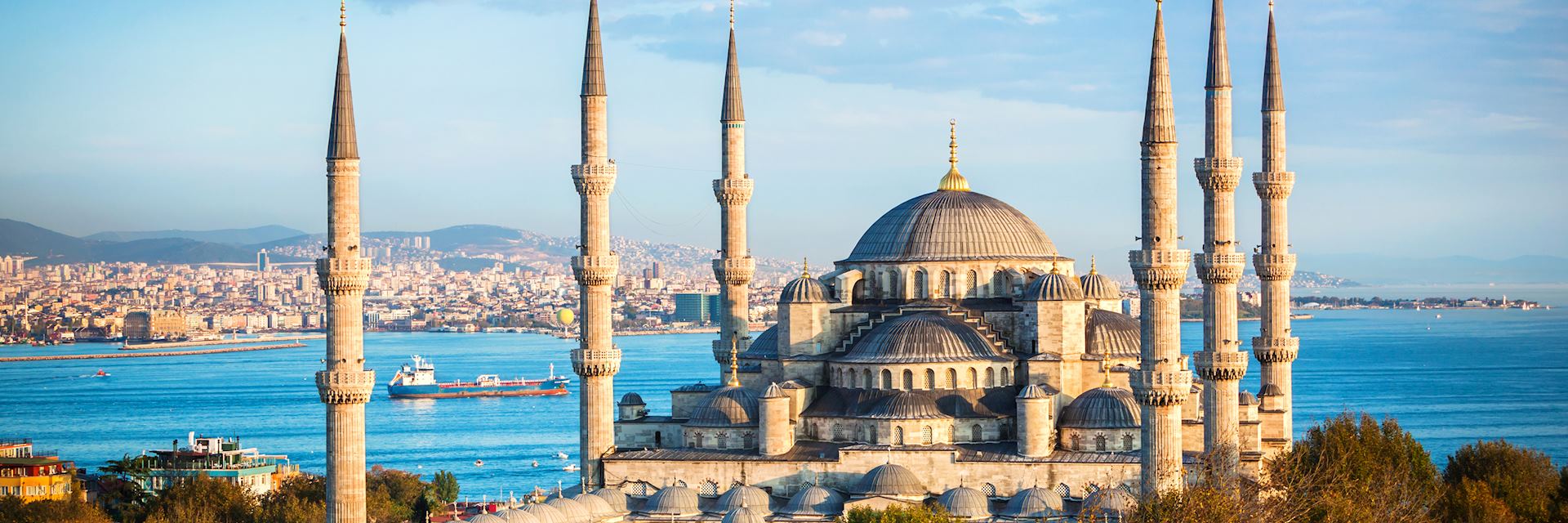
TURKEY
OVERVIEW
Turkey is a magical world full of history, culture, gastronomy, humanity, and commerce. It is increasingly becoming
Europeanized, yet it maintains its traditions and cultures. More than Ottoman minarets and beguiling bazaars,
Turkey's cultural capital is fashionable and progressive. Spanning both Asia and Europe and divided by the
Bosphorus, Istanbul is a beguiling mix of ancient and modern. Antalya, known as the Turquoise Coast for its blue
waters is a resort destination and gateway the southern Mediterranean region. During the Roman era Antalya was
a major port city; today a modern metropolis surrounds ancient fortifications. Kusadasi offers beaches, excellent
shopping and amazing nightlife. It is famous for its beautiful tiny islet known as Pigeon Island. It is a cosmopolitan
city and a year round destination.
* 15 FACTS ABOUT TURKEY THAT WILL SURPRISE YOU :
1. It has one of the world’s oldest and biggest malls.
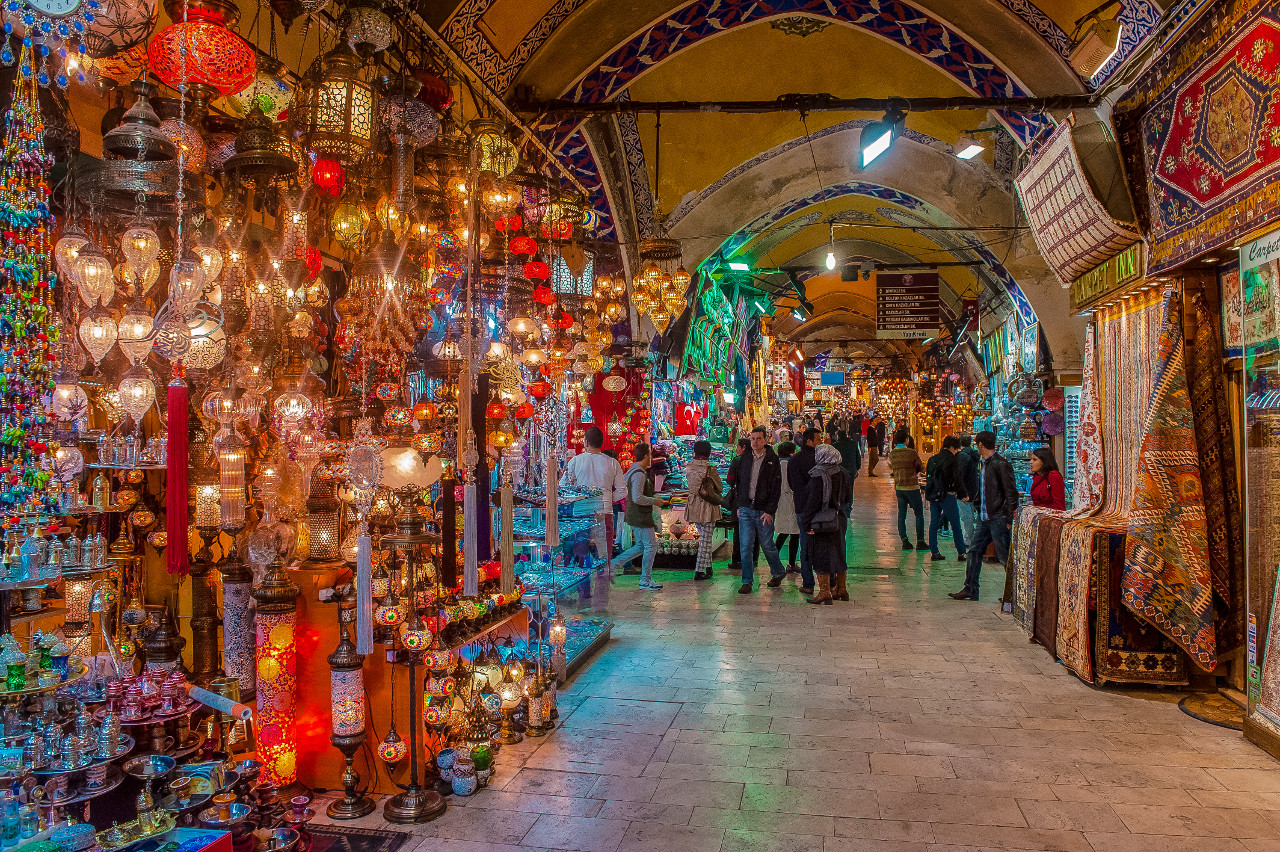
Istanbul‘s Grand Bazaar, or Kapalı Çarşı, dates to 1455 and was established shortly after the Ottoman conquest of Constantinople. Over the centuries it has grown into a warren of 61 streets lined by more than 3,000 shops and currently occupies a nearly incomprehensible 333,000 square feet. You’ll never possibly be able to explore it all, but that doesn’t keep people from trying — according to Travel + Leisure, the Grand Bazaar was the world’s #1 attraction in 2014, drawing over 91 million people.
2. You might find chicken in your dessert.
The signature Ottoman treat is tavuk göğsü, or chicken breast pudding. It’s a strange blend of boiled chicken, milk, and sugar, dusted with cinnamon. And it’s delicious. Look for it on menus across the country.
3. Turkey is packed with cultural heritage.
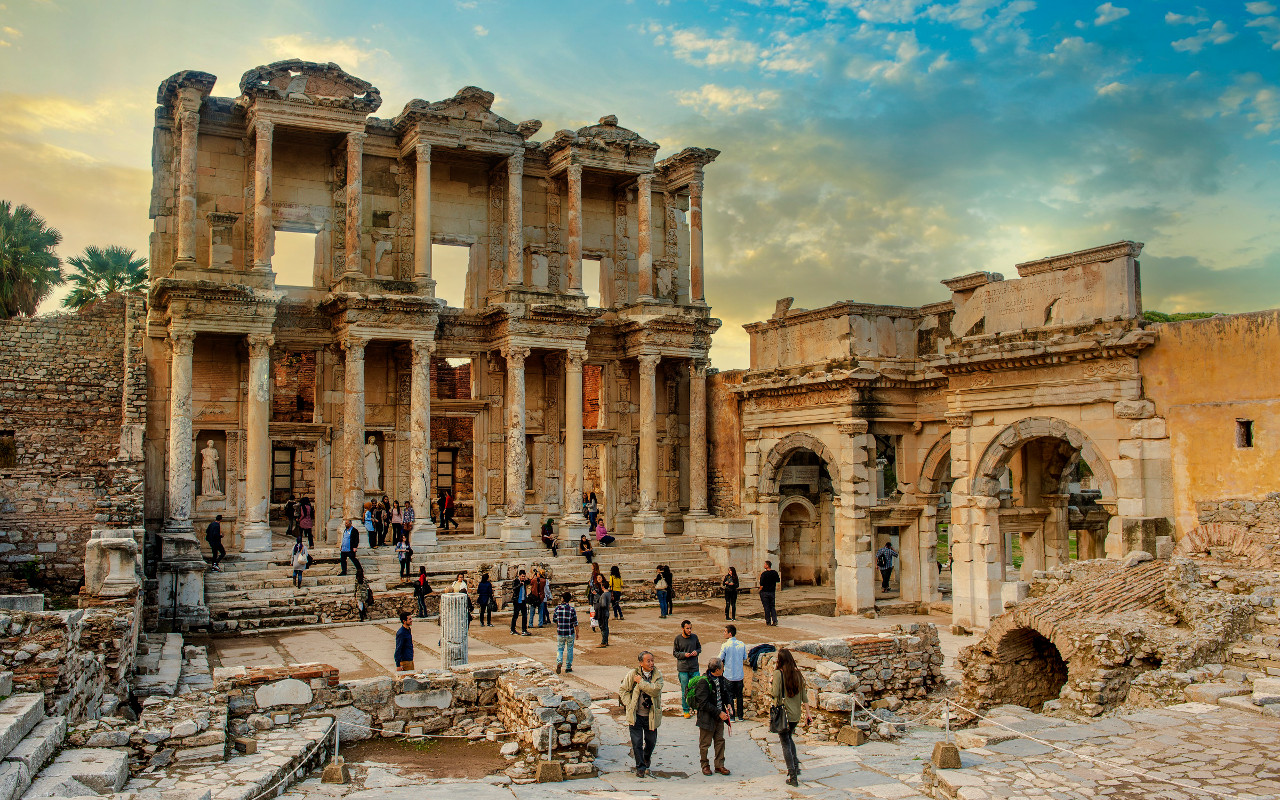
In fact, there are 13 spots in Turkey inscribed on UNESCO’s list of World Heritage Sites, and a whopping 62 on the tentative list. They range from a Mesolithic temple (Göbekli Tepe) to a Biblical city (Ephesus) to a World War One battlefield (Gallipoli), and help make Turkey the sixth most-visited tourist destination in the world.
4. Santa Claus is from Turkey.
Saint Nicholas was born far from the North Pole, in Patara. And he’s not the only saint with connections to Turkey — the Virgin Mary’s resting place could be near Ephesus, while Saint Paul was from Tarsus in the south. Other Biblical figures include the Prophet Abraham, born in Şanlıurfa. And after the deluge, Noah may have run his ark aground at Mount Ararat.
5. One of the Mediterranean’s primary sea turtle nesting beaches is here.
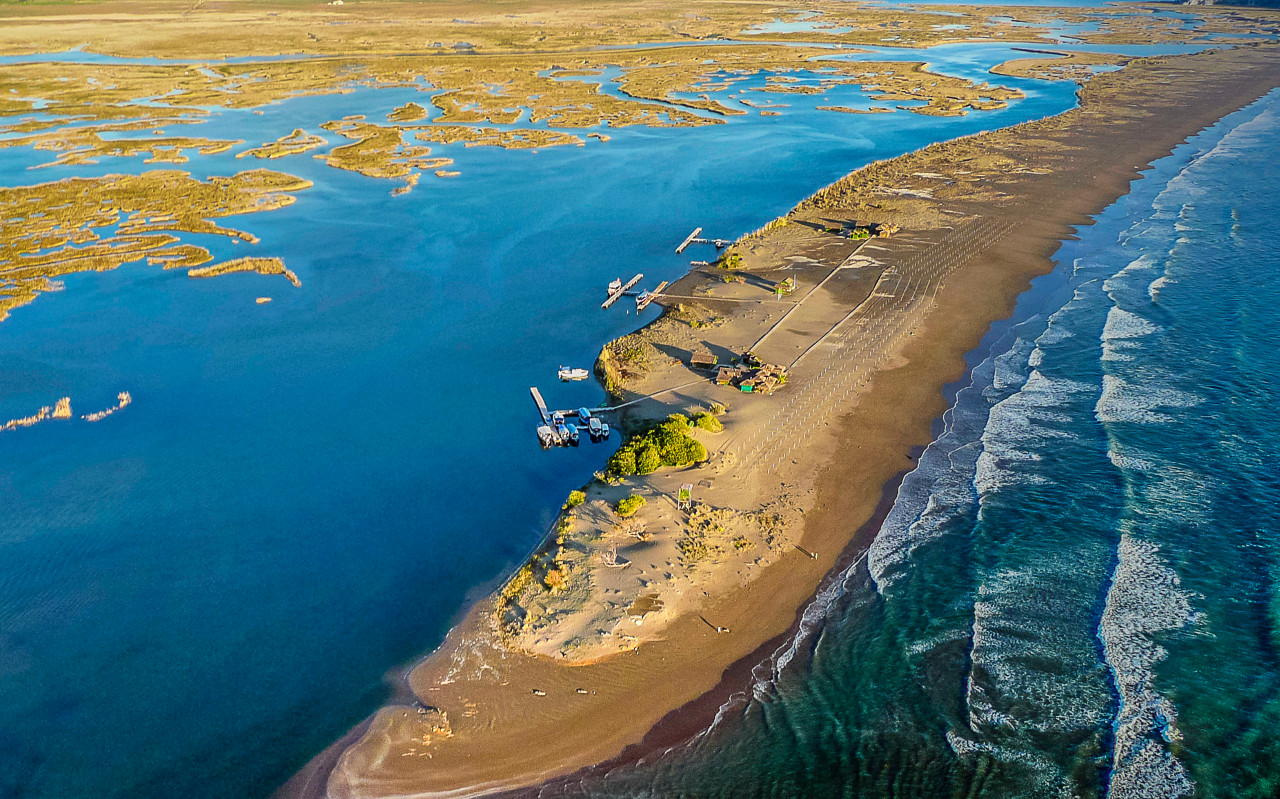
İztuzu Beach, just west of Fethiye, is a major breeding ground for the endangered loggerhead sea turtle. The turtles arrive between May and October, climbing ashore at the exact site of their birth to lay a new generation of eggs. The beach sees around 300 nests dug each year, and government regulations have succeeded in balancing tourism with the need to protect and conserve this precious natural resource. Just down the coast, Patara is the longest beach on the Mediterranean (12 miles of pristine white sand dunes).
6. Turkey gifted tulips to the world .
It’s uncertain where the first tulips were grown, but what is known is that the Ottomans popularized the flower and facilitated their introduction to Europe. A simultaneous export? Tulipmania. The seeds of the world’s first speculative bubble were sown when a Flemish ambassador to the 16th-century court of Süleyman the Magnificent brought back the bulbous flowers to Holland. Other commodities for which Europe owes a debt of gratitude to Turkey are coffee and cherries.
7. More than 130 peaks reach over 9,800 feet (3,000 meters).

Don’t let the balmy coastal climate fool you. Turkey is home to spectacular mountain ranges, and wintertime visitors can hit the slopes at nearly a dozen resorts. Palandöken, in the eastern province of Erzurum, is Turkey’s highest at 10,200 feet (3,125 meters) and claims Europe’s longest natural ski run.
8. Istanbul has one of Europe’s most exciting art scenes.
The edgy Istanbul Biennial, now in its 14th edition, is a must-see for the international art crowd, and with more than 300,000 visitors in 2013, it ranks among the top contemporary art shows in the world. In 2015 the show will occupy 30 venues on both sides of the Bosphorus.
9. You can cross continents underground.
Istanbul may be Europe’s largest city, but half of it actually extends into Asia. More than a century after a sultan dreamed of a rail link beneath the Bosphorus Strait, Turkey opened the Marmaray metro line in 2013. The former imperial city is also home to the Tünel, a short funicular that’s the second-oldest continuously running underground railway after London’s.
10. The seeds of agriculture were first sown in Turkey.
Historians believe agriculture began in these lands some 11,000 years ago. At sites like Çatalhöyük, in south-central Turkey, there’s evidence that the residents of this proto-city added crops like wheat and barley to their diet, and wild grasses genetically identical to those first domesticated grains still grow in southeastern Turkey. Even today, the country is the world’s 10th-biggest grain producer.
11. Oil wrestling is the national sport.
The spectacle of two bulky men stripped to the waist, doused with olive oil, and grappling under the hot Thracian sun is a 654-year-old sporting tradition and sight to behold. Camel wrestling tournaments, held throughout the Aegean region in the winter, and bull wrestling near the Black Sea, are also popular.
12. Turkey’s film industry is booming.
When director Nuri Bilge Ceylan’s Winter Sleep won the Palme d’Or at the Cannes Film Festival in 2014, it crowned a decade-long revival in Turkish cinema that’s seen productions rise five-fold to about 100 films per year. Turkey is one of the few countries where domestic films rake in more at the box office than Hollywood’s offerings, and its movies and television series are a major soft-power export in the Middle East.
13. A new type of plant is discovered every 10 days.
And Turkey’s 10,000 plant and 80,000 animal species help rank the country among the world’s 35 biodiversity hotspots. Twitchers can visit more than a half-dozen bird sanctuaries for sightings of some of the country’s 475 aves, or 5% of the global variety. It’s a great place for flower lovers, too — see highlights like the native Fritillaria imperialis, above.
14. Turkey really is the center of the world.
You can fly to just about everywhere from Istanbul Atatürk Airport, thanks to flag carrier Turkish Airlines’ 260-and-counting destinations. A modern fleet of aircraft served by kid-friendly crew has helped the fast-growing airline win Best Airline in Europe for four years running.
15. Despite appearances, Turkish is surprisingly easy to learn.
The tongue-twisting, 70-letter Muvaffakiyetsizleştiricileştiriveremeyebileceklerimizdenmişsinizcesine, or “as if you are from those we may not be able to easily make a maker of unsuccessful ones,” is thought to be the longest word in Turkish, an agglutinative tongue whose dialects are spoken across a swath of Asia all the way to western China. Yet Turkish is pretty easy to pick up, following a language reform in the 1920s that simplified the vocabulary and moved from the Arabic script to the Latin alphabet. Come and give it a shot
* ABOUT ISTANBUL

ISTANBUL is the most populous city in Turkey and the country's economic, cultural and historic center. Istanbul is a transcontinental city in Eurasia, straddling the Bosporus strait (which separates Europe and Asia) between the Sea of Marmara and the Black Sea. Its commercial and historical center lies on the European side and about a third of its population lives in suburbs on the Asian side of the Bosporus. With a total population of around fifteen million residents in its metropolitan area,Istanbul is one of the world's largest cities by population, ranking as the world's fifteenth-largest city and the largest city in Europe.
* ABOUT KUSADASI
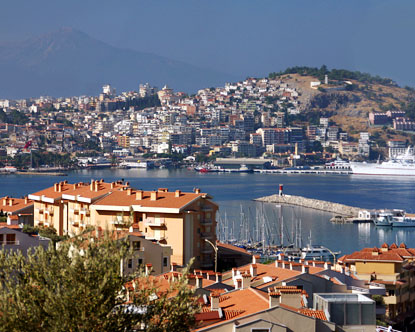
Kuşadası is a large resort town on Turkey's Aegean coast, and the center of the seaside district of the same name within Aydın Province. Kuşadası is 95 km (59 mi) south of İzmir, and about 60 km (37 mi) from Aydın. The municipality's primary industry is tourism.
* ABOUT ANTALYA
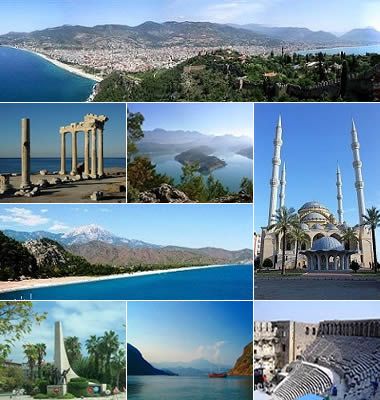
Antalya is the fifth-most populous city in Turkey and the capital of Antalya Province. Turkey in the "capital of tourism" as seen.Located on Anatolia's southwest coast bordered by the Taurus Mountains, Antalya is the largest Turkish city on the Mediterranean coast outside the Aegean region with over one million people in its metropolitan area.
The city that is now Antalya was first settled around 200 BC by the Attalid dynasty of Pergamon, which was soon subdued by the Romans. Roman rule saw Antalya thrive, including the construction of several new monuments, such as Hadrian's Gate, and the proliferation of neighboring cities. The city has changed hands several times, including to the Seljuk Sultanate in 1207 and an expanding Ottoman Empire in 1391. Ottoman rule brought relative peace and stability for the next five hundred years. The city was transferred to Italian suzerainty in the aftermath of World War I, but was recaptured by a newly independent Turkey in the War of Independence.
Antalya is Turkey's biggest international sea resort, located on the Turkish Riviera. Large-scale development and governmental funding has promoted tourism. A record 13.6 million tourists passed through the city in 2019

